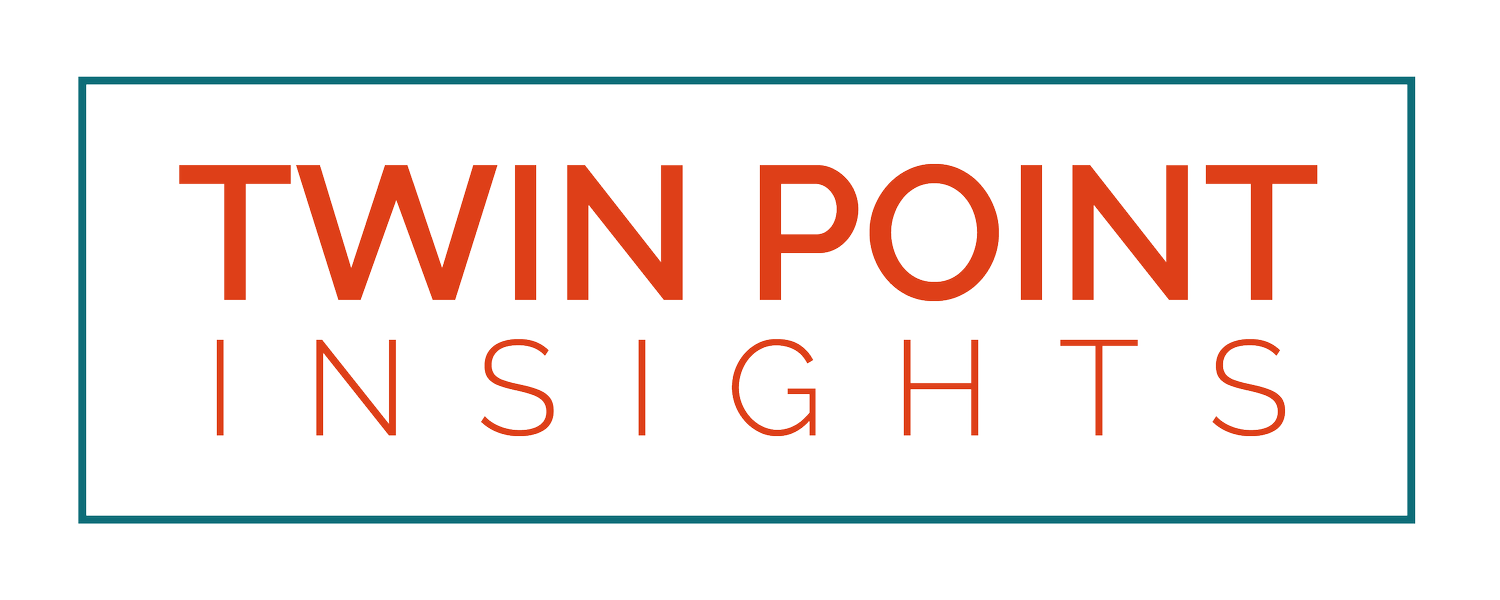Grateful patient fundraising 3.0
Our field is undergoing shifts that will challenge the legacy grateful patient model. Let’s get ready together.
For more than two decades, grateful patient fundraising has been at the heart of hospital fundraising. Individuals and families that experience profound, sometimes life-changing care are more likely to want to advance a hospital’s mission than others with similar capacity to give.
Hospitals’ competitive advantage here is essential, given fierce nonprofit competition for donors. However, some healthcare leaders still struggle with creating, implementing, and sustaining their grateful patient strategy.
Major site-of care migrations mean grateful outpatient can’t wait.
Even today’s top performers can’t rest on their laurels – healthcare is simply changing too quickly. One major trend is the significant shift in site-of-care volumes in service lines like cardiovascular health. As Advisory Board notes, more care is shifting to an outpatient setting and eroding inpatient volumes; for example, many orthopedic procedures have migrated to the outpatient space, including joint replacement and spinal fusion. Within the heart pillar, Advisory Board’s five-year growth projections show nearly a 15% increase in outpatient vascular procedures and a 15.5% growth in ambulatory surgery center CV. These trends increase the urgency of creating an effective grateful outpatient strategy.
Important changes are happening within the development enterprise as well. More foundations are incorporating Artificial Intelligence (AI) in their programs, which offers both opportunities and minefields. As seen at AHP’s recent AI summit, top organizations are leveraging AI to improve their workflows and adapt their constituent outreach. Savvy leaders must decide how to integrate AI into GP.
Join the research
Twin Point Insights will interrogate the status quo and uncover practices from leading lights.
This research is being conducted in partnership with Advisory Board.



